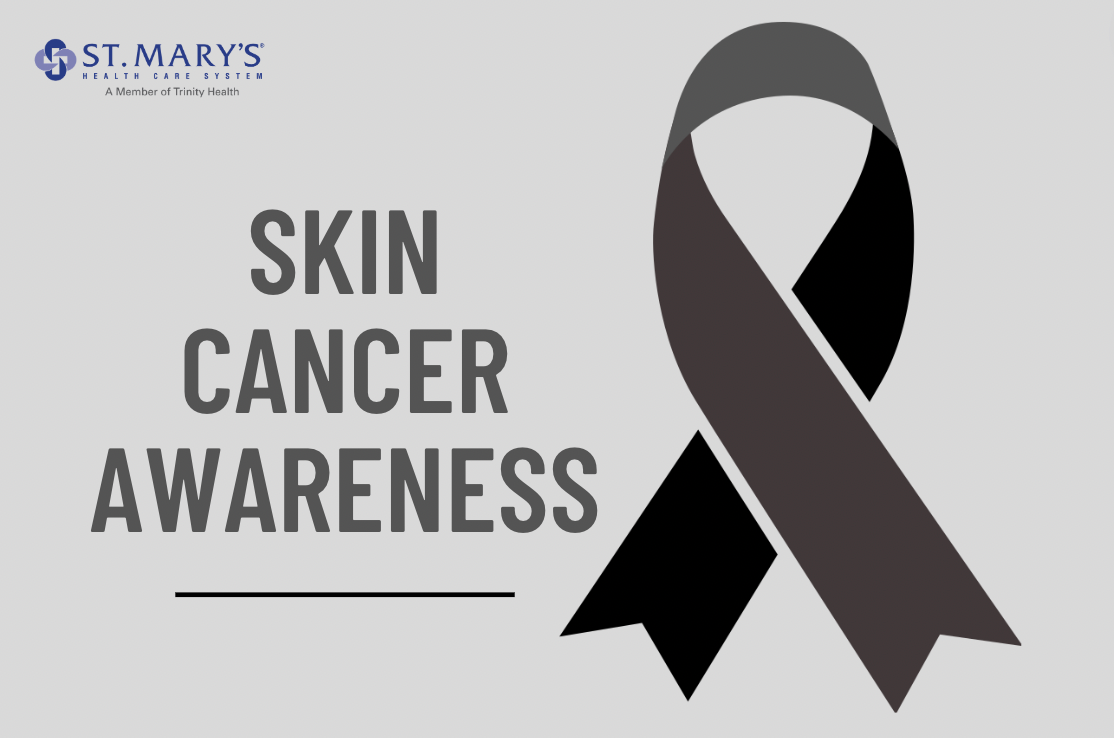The 3 Major Types of Skin Cancer
May 10, 2023Skin cancer is the abnormal growth of skin cells and can develop over time when the skin is exposed to the sun. But, skin cancer can also form in areas that are not typically exposed to sunlight.
There are three major types of skin cancer:
- Basal cell carcinoma
- Squamous cell carcinoma
- Melanoma
A way to limit the risk of skin cancer is by limiting exposure to ultraviolet (UV) radiation, which is a normal part of sunlight and is also used in tanning equipment. It is important to check the skin for changes to help detect skin cancer at its earliest stages. The earlier skin cancer is detected, the higher your chances of treating it successfully.
Where Can Skin Cancer Develop?
Although skin cancer typically develops on areas exposed to the sun - such as the scalp, face, lips, ears, neck, chest, arms, and hands - it can also develop in areas that receive minimal or no sunlight exposure, such as the palms, under your fingernails or toenails, and the genital area. Skin cancer can affect individuals with various skin tones.
What Is Basal Cell Carcinoma?
According to the Skin Cancer Foundation, basal cell carcinoma is the most common form of skin cancer. In the United States, roughly 3.6 million cases are diagnosed each year. Basal cell carcinoma typically grows slowly and, because of this, usually is curable and generally causes minimal damage if detected and treated early.
According to the Mayo Clinic, basal cell carcinoma typically occurs in sun-exposed areas such as the neck and face. It may appear as:
- A pearly or waxy bump
- A flat, flesh-colored or brown scar-like lesion
- A bleeding or scabbing sore that heals and returns
What Is Squamous Cell Carcinoma?
The Skin Cancer Foundation says that this type of cancer occurs when DNA inside certain skin cells called squamous cells is damaged by UV exposure. This damage creates abnormal changes within the squamous cells that causes them to grow out of control.
According to the Mayo Clinic, squamous cell carcinoma can occur on sun-exposed areas of the body such as face, ears, and hands. Individuals with a darker complexion are more likely to develop this cancer in areas that typically are not exposed to the sun. This skin cancer can appear as:
- A firm, red nodule
- A flat lesion with a scaly, crusted surface
What Is Melanoma?
Melanoma can develop anywhere on the body. It happens when normal skin or a mole turns into cancer. In men, melanoma typically occurs on the face or trunk. In women, melanoma typically occurs on the lower legs. Individuals with darker complexions may see melanoma develop on their palms, the soles of their feet, or beneath their fingernails or toenails.
According to the Mayo Clinic, melanoma can look like:
- A large brownish spot with darker speckles
- A mole that changes in color, size or feel, or that bleeds
- A small lesion with an irregular border and portions that appear red, pink, white, blue or blue-black
- A painful lesion that itches or burns
- Dark lesions on your palms, soles, fingertips or toes, or on mucous membranes lining your mouth, nose, vagina or anus
Need Help?
It is important to make an appointment with your provider if you see, feel or suspect any changes in your skin. While not all skin changes are caused by skin cancer, it can be difficult to tell a cancerous skin lesion from one that is harmless. Your primary care provider or a dermatologist has the training to know which spots need removal or testing and which can safely be left alone. Make an appointment with a provider today!

